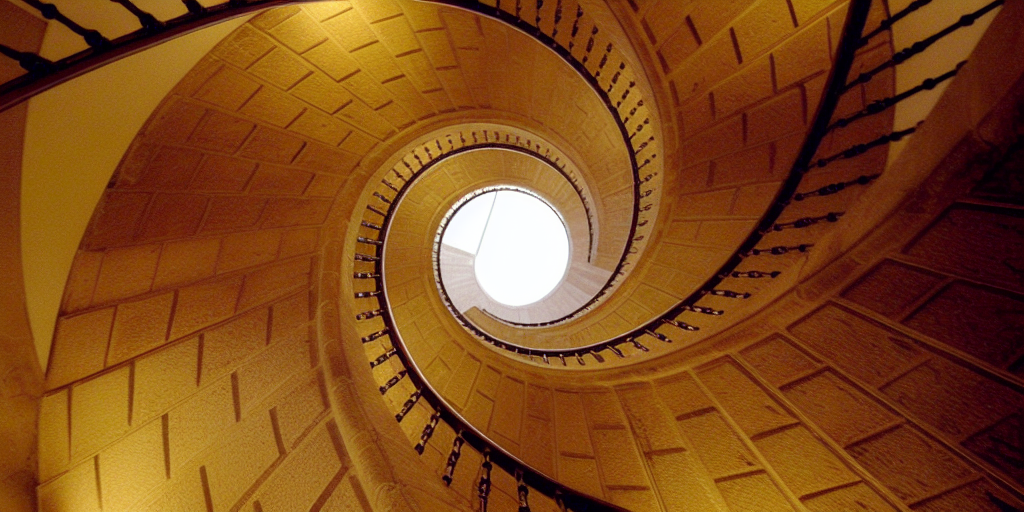Speaker
Description
In a Mach-Zehnder-type light pulse atom interferometer, matter waves are split, mirrored, and recombined using coherent atom optics. With the leading order phase shift scaling with the enclosed space-time area, the momentum transfer induced by the atom optics light pulses as well as the free evolution time are key to significantly enhanced sensitivity to inertial forces and motivate ground-based 10m-scale facilities as well as space-borne experiments. Beyond fundamental physics, the ability to provide long-term stable, accurate measurements gives rise to applications in inertial navigation.
In this talk we will introduce the field of atom interferometric inertial sensing, provide an overview of state-of-the-art experiments, and present current activities at Leibniz University Hannover. In particular, we will provide an overview on the Hannover VLBAI facility (Very Long Baseline Atom Interferometry). With shot noise-limited instabilities better than 10−9 m/s2 at 1 s at the horizon it may compete with state-of-the-art superconducting gravimeters, while providing absolute instead of relative gravity measurements. Operated with rubidium and ytterbium simultaneously, tests of the universality of free fall at a level of parts in 1013 and beyond are in reach. We will finally discuss strategies mitigating vibration noise, which is the dominant noise source in absolute acceleration sensing using atom interferometry. To this end, we report on hybrid inertial sensing by correlating novel opto-mechanical accelerometers with atom interferometers and describe a path towards state-of-the-art inertial sensing in the field without the need for seismic attenuation.
